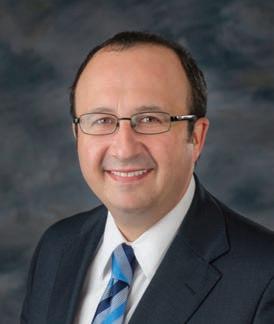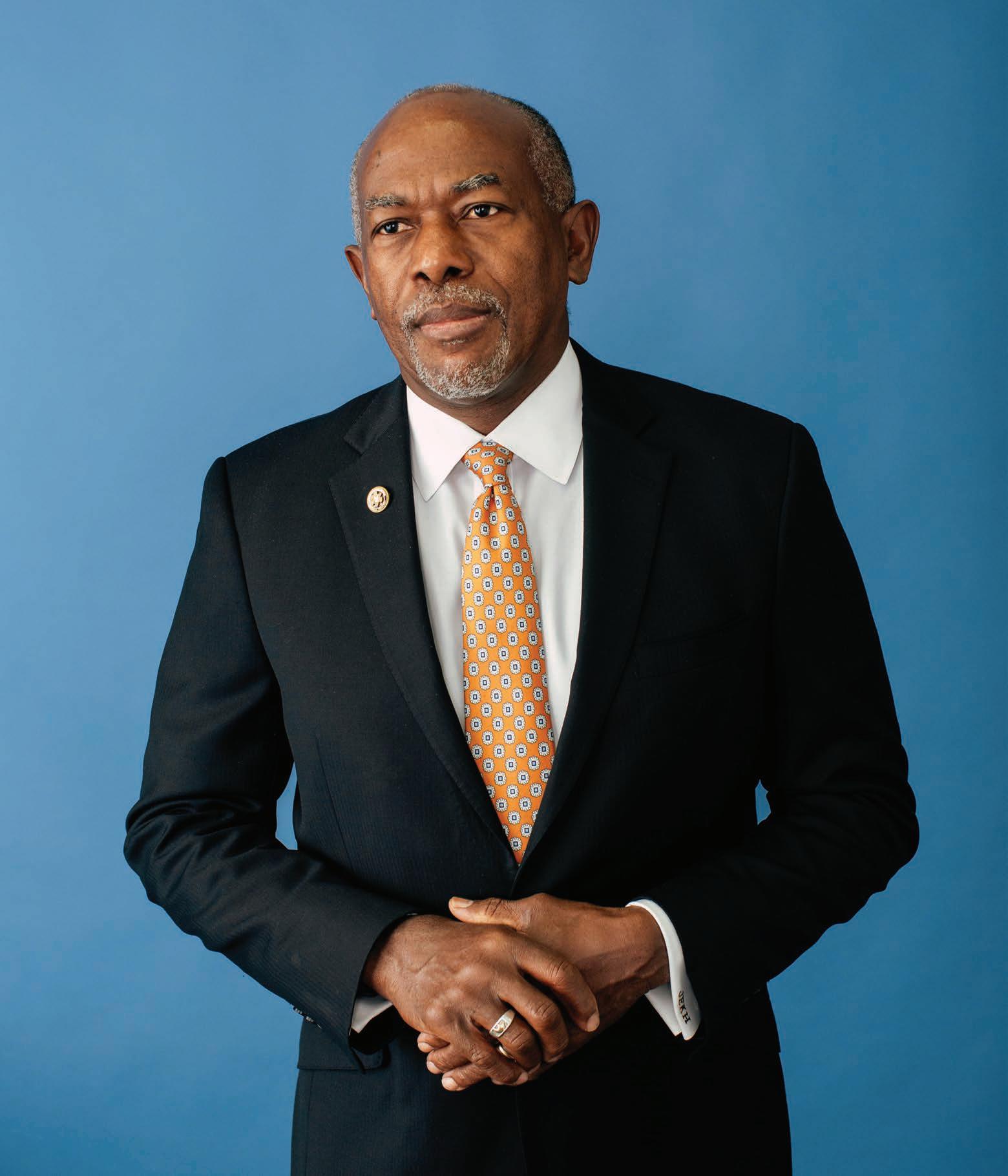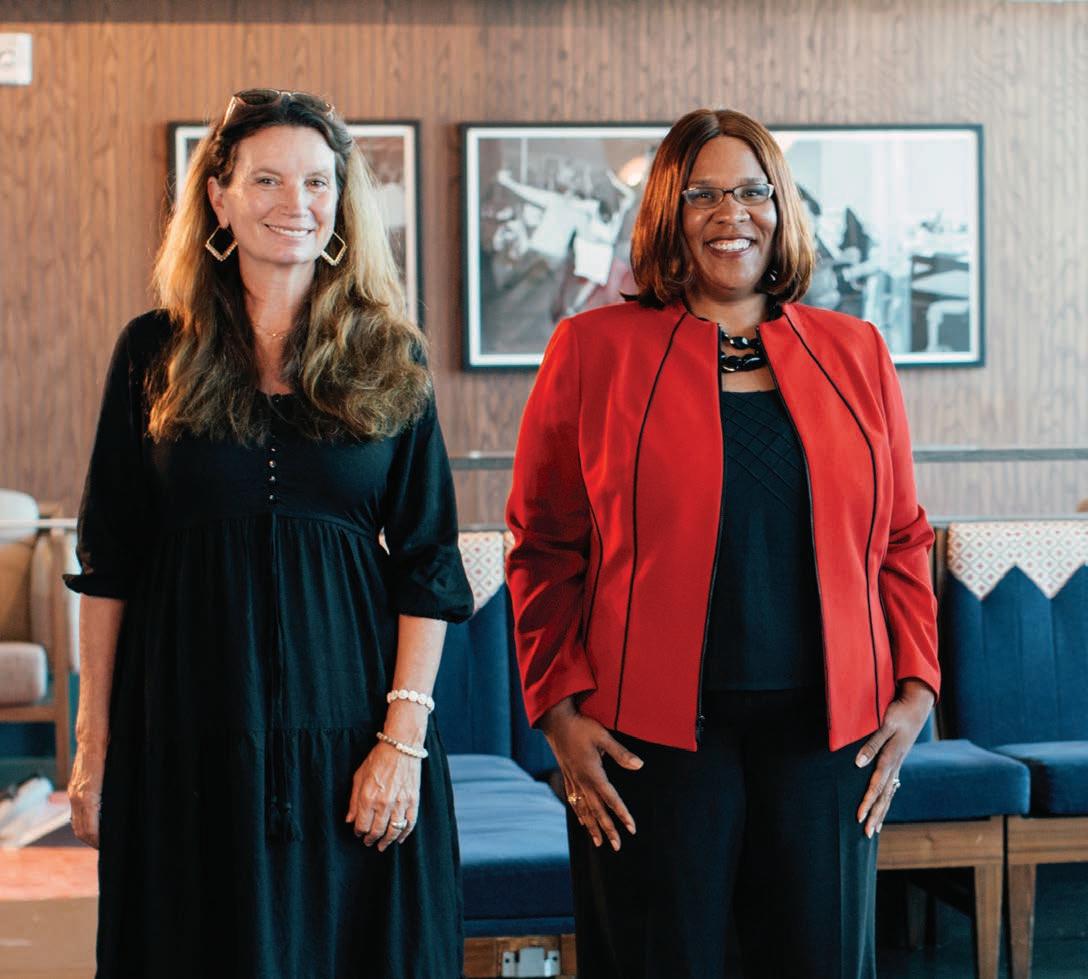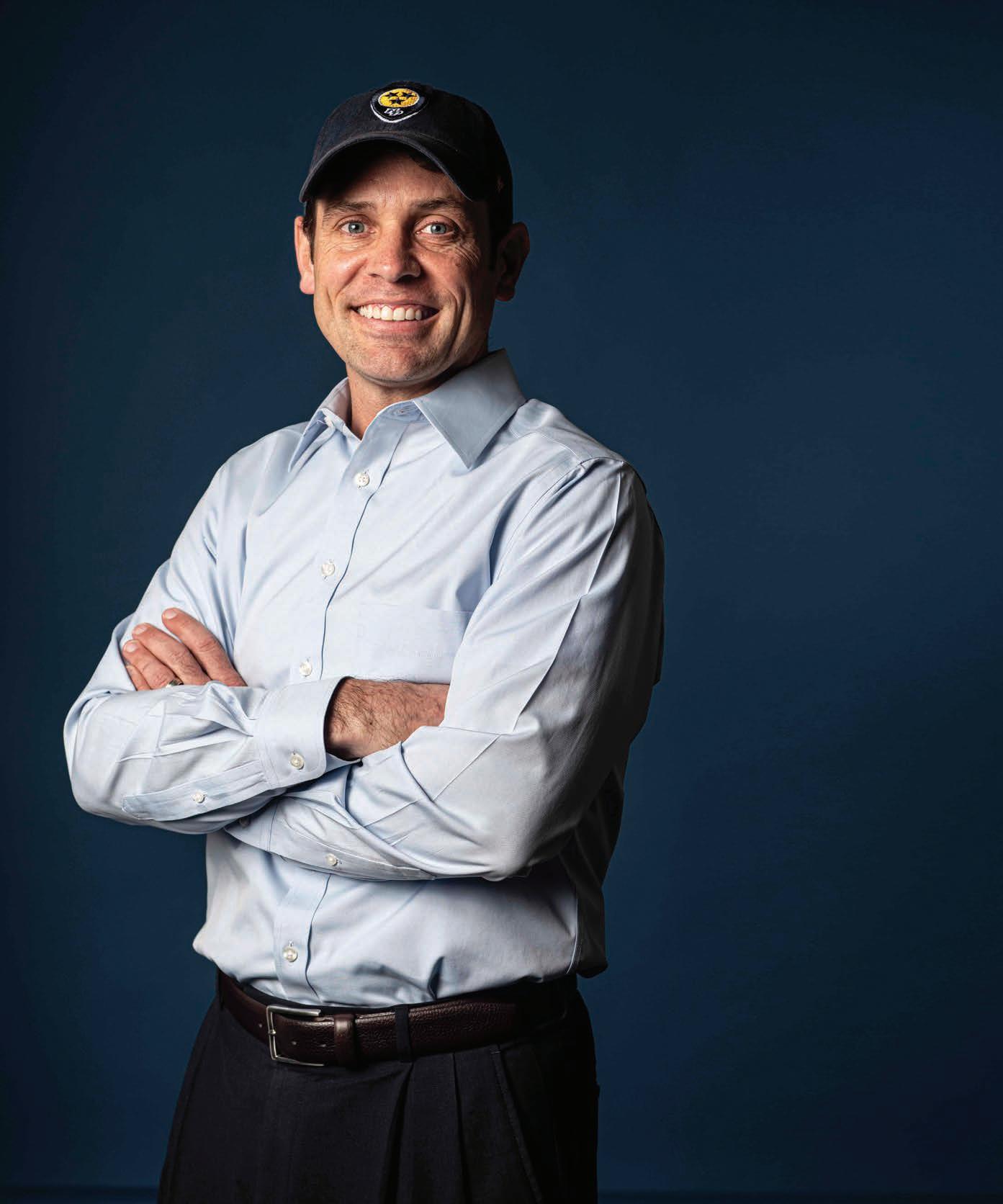
6 minute read
LEADING IN THE NEW NORMAL
Leading through the new normal
Tech execs on being intentional and e ective in a remote work environment
Advertisement
he Leadership Panel is one of the big-
T gest events Women in Technology of Tennessee organizes each year and, barring the shift to a virtual setting, 2020 was no di erent. Brought together in late October to discuss various leadership and management topics were: • Envision Healthcare Enterprise CIO Kristin Darby • Trinisys COO Beth Hoeg • Asurion Chief Diversity and Talent Strategy O cer Yanika Smith-Bartley • Nashville General Hospital Chief Business Development and Information O cer Melanie omas • Tractor Supply Senior Vice President Letitia Webster
Here are some of their thoughts from the chat, which was moderated by Post Editor Geert De Lombaerde. How do you make the mentorship ask?
DARBY: e approaches have changed throughout my career based on where I’ve been from a development perspective and what my speci c needs or challenges have been. I think that’s a good approach for individuals throughout their career. Ideally, they should have many mentors if they’re lucky. You may have multiple mentors simultaneously that are helping you become well rounded in a way that makes you a more competent professional. You just have to be very, very strategic about who you’re selecting and why you’re selecting them and making sure you’re communicating that e ectively. e other element is you have to seek constructive feedback. Many individuals get feedback or ask for mentorship but don’t necessarily really self-re ect on that feedback. If you’re not seeking that and going through those dif cult situations, you’re not going to get better. e mentor needs to know that you’re getting value out of the time that they’re investing so that it’s a two-way relationship. SMITH-BARTLEY: It’s imperative that you have an entire support network. A mentor is one component of that. But I think you also have to have what I call the “real” group. ose are the folks that are going to give you the good, the bad and the ugly truth. You know you can always go to them and they’ll be completely authentic. With the mentor, it’s a lot of what Kristin said: It can be someone within the workplace or external, someone who is where you are now or in a position where you want to be in the future. e other layer of that is the sponsor. at’s the person who has the in uence and authority within the organization to help you get to that next level. So you want to supplement your mentors with your “real” group as well as your sponsors.
HOEG: Finding people who are just truthful with you regardless of how uncomfortable it is is really important so you don’t go down paths where everyone is just saying nice things. Nobody needs that. If I just want someone to say nice things, my husband can do that for me.
I would add that I’ve found volunteering and board work is a great opportunity to meet a lot of people from a lot of di erent companies. WiTT is an excellent example of this. You get to know people you can have those relationships with who are not necessarily in your company but who can be great mentors for who you are and who you want to be.
How have you adapted to the COVID work environment — how you interact with your teams, with your fellow leaders?
THOMAS: I took advantage of it completely! I’ve been trying to make the shift to more digital meetings, more utilization of Teams and Zoom. It allows us to be a little more productive because then, when you end one meeting, you don’t have that walk to the elevator and wait then you have that 15-minute transition.
You have to be a lot more intentional in this digital environment. You’ve got people who are working everywhere now — throughout the city and the United States. You have to be very intentional about how you’re communicating with them, how you are working with them and how you take for granted some of the things you would pick up because your colleague was on a conference call right next to you. You now have to go seek out that information. You have to be a lot more intentional about gaining that knowledge and information and closing the loop on some things that just happened naturally before.
WEBSTER: We’ve been 100-percent remote since early March. For an organization that struggled a little bit with learning to be remote and work from home, that changed very quickly. And Melanie is right; we’ve had to be very deliberate about how we do meetings. Some of the things we’ve learned: Instead of having an hour-long meeting with some of my team members every week, we’ve started having smaller snippets. We can connect faster and we just touch base on topics here or there. at makes it easier than sitting down for an hour.
We’ve also introduced a couple of thoughts on the fatigue that’s going on with everyone being in front of screens all the time. We’ve had some sessions on taking a break and being deliberate and having a schedule, getting up and walking around for a few minutes.
I will say we’ve been incredibly productive. We haven’t missed a beat but it has come with a set of challenges. We also start things, instead of at the top of the hour, ve minutes in and end ve minutes early to give people breaks. Because it kind of runs together when you’re doing all this.
I think it’s going to be a good thing going forward. When we get back to some balance of in-person and remote, it’ll give us some more exibility. We’ve also been able to acquire talent. We now have people we’ve brought on who are in other cities.
Yanika Smith-Bartley
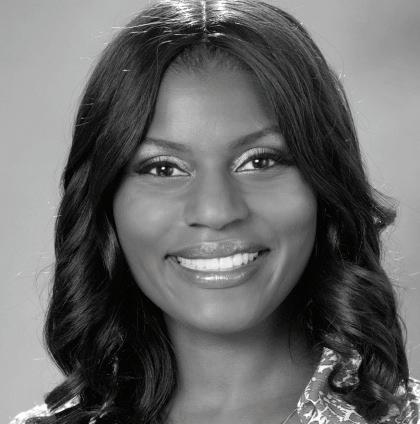
Melanie Thomas
What are you doing to accommodate the needs people have at home beyond the work that they put in?
SMITH-BARTLEY: ree words come to mind as it relates to this new normal that I need in order to lead e ectively. ey are grace, exibility and empathy. Realizing that everybody is juggling something, whether it’s homeschooling your children, dealing with COVID in your own home or with your family members. Yes, as leaders, we have to keep the business running but you also have to care for your people and understand that they will be facing challenges.
You model it for them by doing it yourself. I am conscious and intentional in saying, “Look, it’s been a rough week for me. I’m taking Friday o because I need a massage in order to be re-energized on Monday.” You have to model that for your employees if you want to them to model self-care. at has been a big thing for me.
HOEG: Everyone’s situation is di erent, their home life is di erent. You can’t treat them the same. Some people have two working parents at home with little kids and they have to have some exibility in their day. We expect that they can plan their day so it works best for their speci c situation.
A lot of what we’ve tried to do is listen to our employees, hear what they need and make sure that they have what they need to be successful at home. We’ve always worked remotely with our clients but our team was in the o ce and very collaborative. When we went home in March, I was really excited about how well our team did in embracing technology. We’re actually operating as well or better with our clients across the nation.





